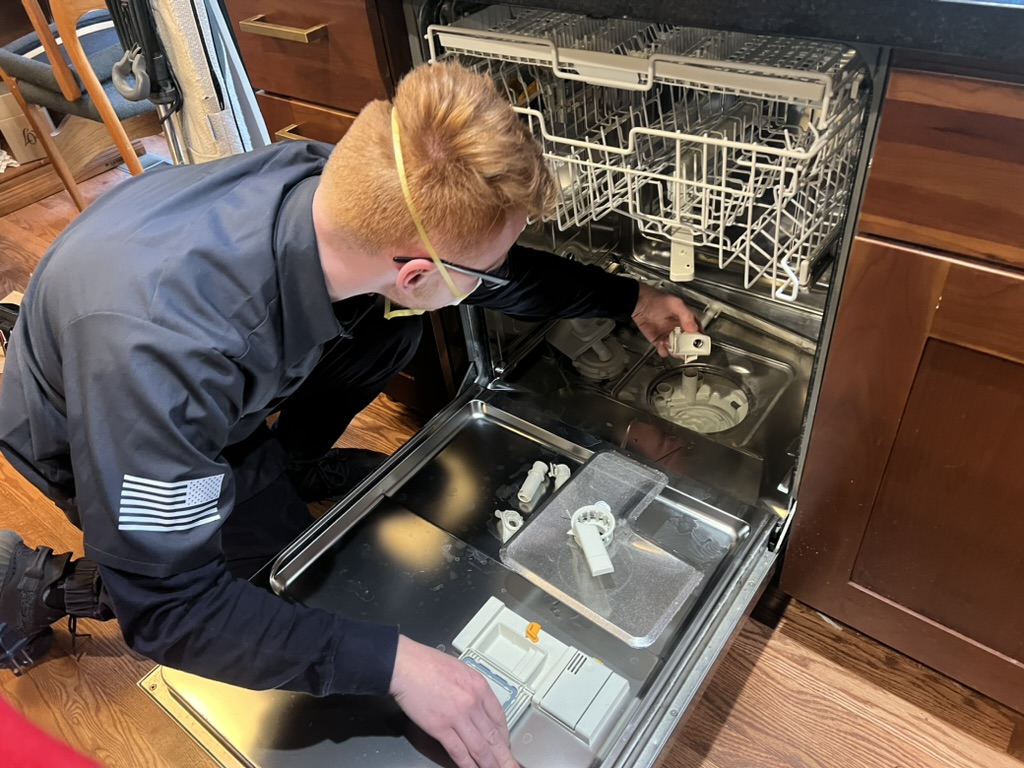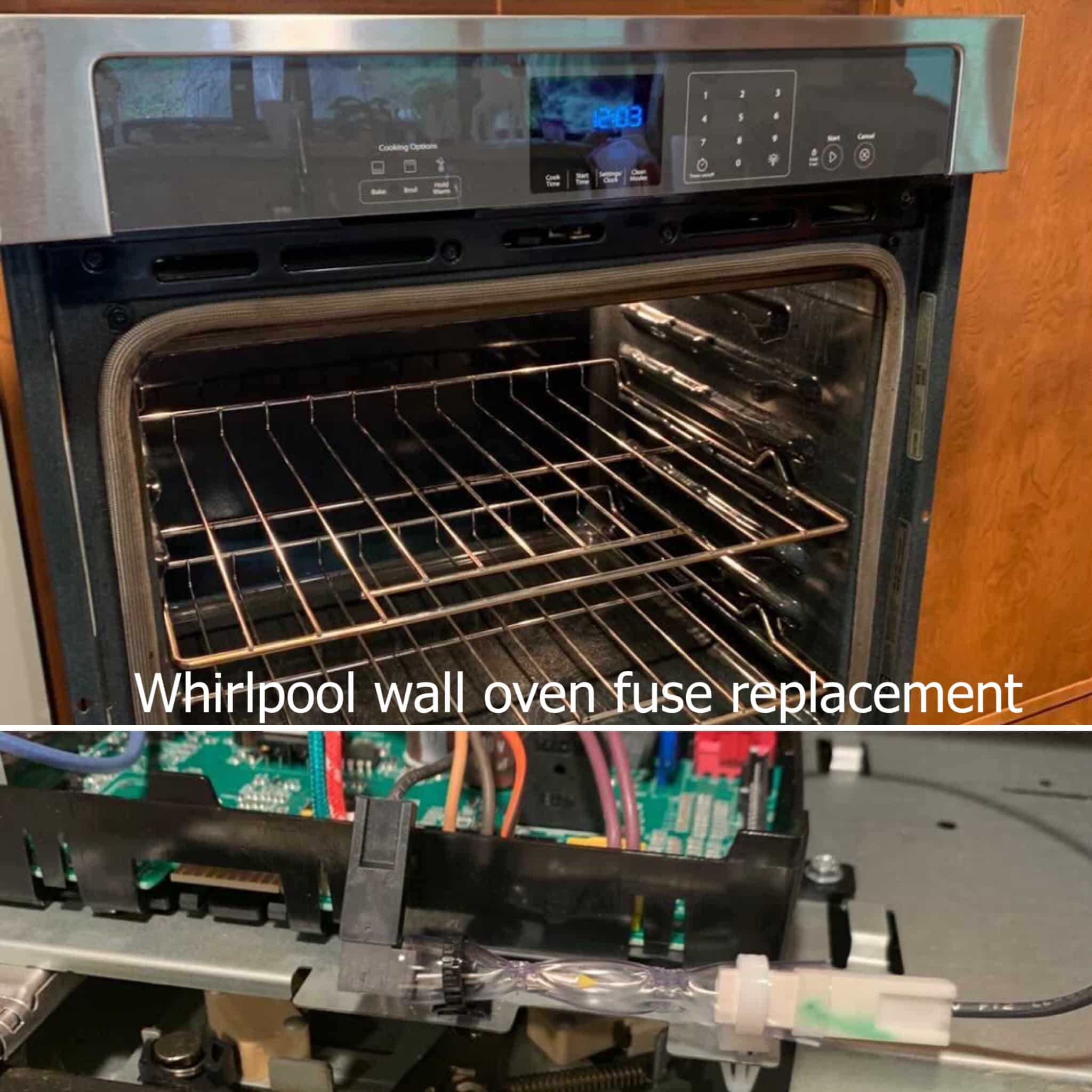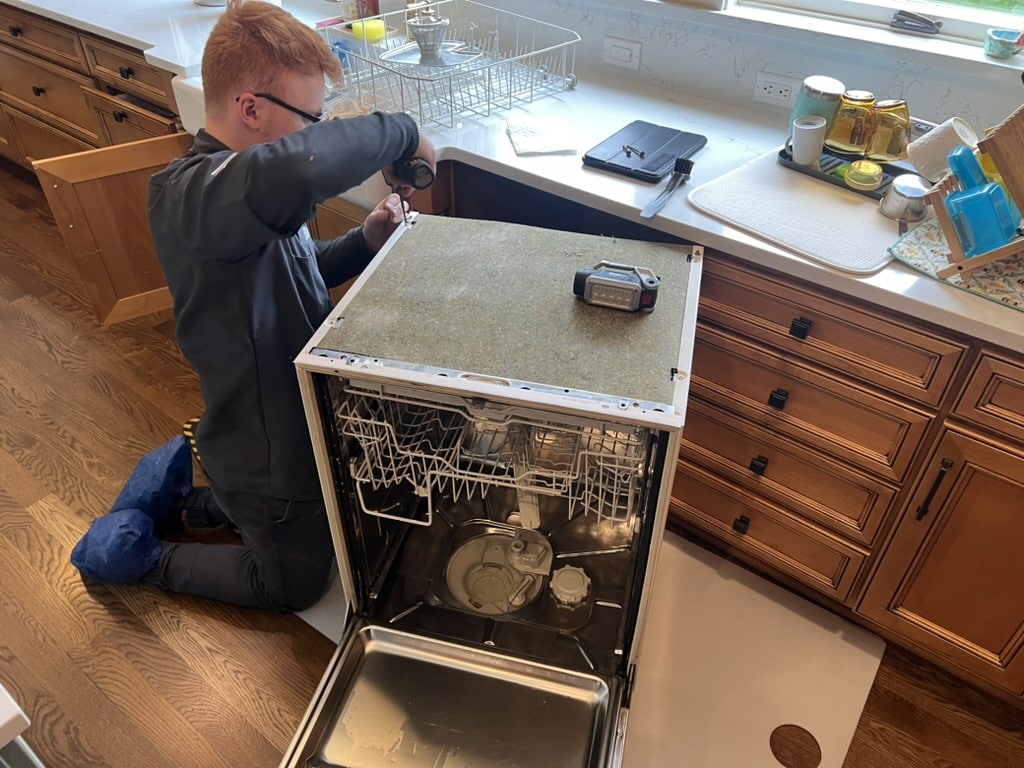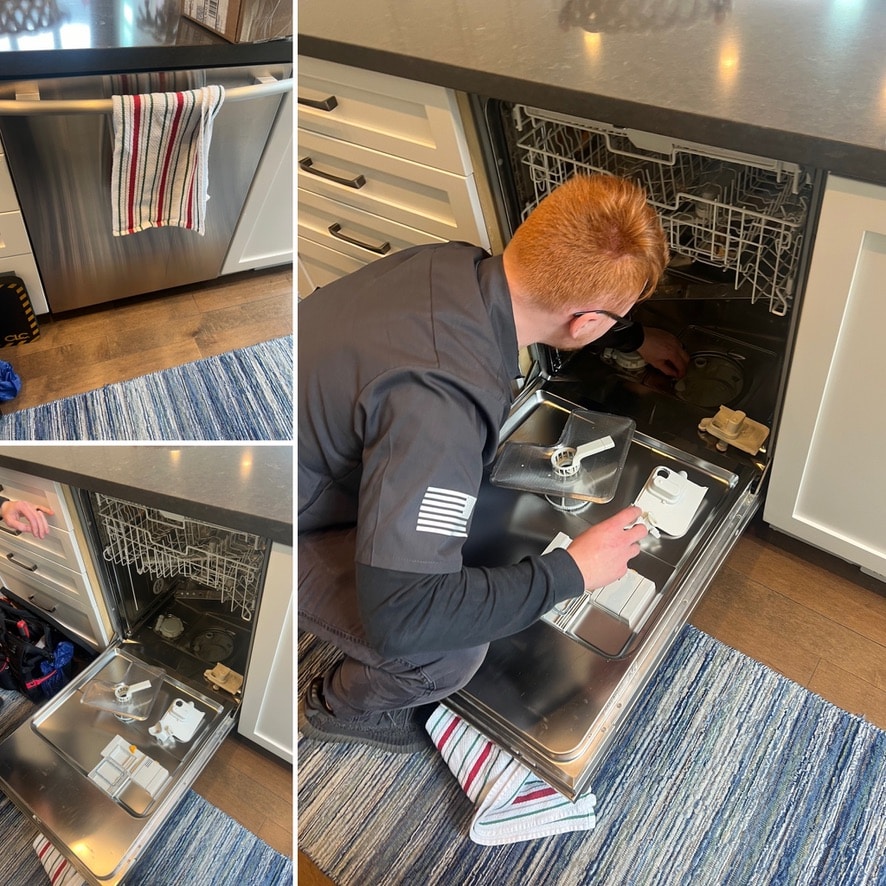We maintain all residential refrigeration units of all brands, shapes, and sizes. Everything from full built in Sub-zero fridge and wine coolers, Whirlpool fridges and wine coolers, Viking fridges and wine coolers etc.


A malfunctioning dishwasher can quickly turn into a kitchen nightmare, leaving you with piles of hand-washed dishes. Avoid the inconvenience and frustration by choosing EHS Expert Appliance Repair for top-tier dishwasher repair in Seattle and surrounding areas. We deliver prompt, reliable, and affordable solutions you can trust.


We proudly serve Seattle, Federal Way, Everett, Sammamish, Bellevue, Kirkland, Edmonds, Redmond, Renton, SeaTac, Mercer Island, and other local cities.
We specialize in dishwasher repair for all major brands, including GE, Maytag, Whirlpool, Kenmore, Jenn-Air, KitchenAid, LG, Samsung, Viking, Asko, Sub-Zero, Wolf, and more.
In addition to dishwashers, we repair all your household appliances, including refrigerators, ovens, ranges, cooktops, washers, dryers, and more.
Trust EHS Expert Appliance Repair for all your dishwasher repair needs. We strive to provide exceptional service, making us your preferred appliance repair company. Contact us today to schedule your appointment and restore your dishwasher’s functionality.


Following these maintenance tips can extend your dishwasher’s lifespan and prevent costly repairs.
Posted onTrustindex verifies that the original source of the review is Google. Thomas is a very friendly and knowledgeable technician. He communicated with us well and scheduling was very timely. He fixed our double ovens for us and repaired an exhaust problem with our range. We highly recommend Thomas to anyone needing appliance repair! 5 stars!Posted onTrustindex verifies that the original source of the review is Google. Service was scheduled quickly, repairman called with expected arrival time and arrived promptly. Repairs needed were identified and carried out, kitchen was left clean and the refrigerator works! He called the next day to be sure everything was working well. This was an excellent experience throughout.Posted onTrustindex verifies that the original source of the review is Google. Dmitro was amazing! He showed promptly when he said he would, explained all my options thoroughly when it came to addressing the obnoxious noises my fridge was making, and had an impressive eye for detail (he managed to empty and then re-place everything in my fridge almost exactly where he had found it! Impressive!) he was kind and easy to work worth.Posted onTrustindex verifies that the original source of the review is Google. Vlad was very helpful, timely, and communicative. He was able to quickly conduct diagnostics, ordered the necessary part, and my washing machine was back up and running within a few days. Thanks Vlad!Posted onTrustindex verifies that the original source of the review is Google. Great costumer service was able to set up an appointment for a technician to come look at a problem with refrigerator on a next day! Dmitro, the technician, was able to determine an issue with the ice maker in our Bosh 800 series refrigerator. He recommended to replace parts. Ordered them right away and installed on a next visit. It is working perfectly since, making ice again. Thanks! I highly recommend this company to anyone who is looking for a fast, professional solutions.Posted onTrustindex verifies that the original source of the review is Google. We got excellent service from Demitro. He is very knowledgeable and repaired the service to our dishwasher in one visit. I have their number on speed dial and will be recommending their services to friends and family. MPosted onTrustindex verifies that the original source of the review is Google. I was so impressed with Expert Appliance Repair and especially Dmitro. I have used this company before for some refrigerator maintenance and they were awesome then as well. I think what impresses me most is how quickly they respond. Dmitro was professional,polite and personable. He looked at the problem I was having and ordered the parts to be overnighted. He came back the following day, installed the parts efficiently checking to make sure the parts were in correctly and working properly. The parts and repair were very reasonable. I will always use this company for appliance repair and will share their number with my neighbors and friends.Posted onTrustindex verifies that the original source of the review is Google. We had an excellent experience with Leo who repaired our Sub-Zero refrigerator. The service was fast, professional, and efficient. He responded quickly to our request, diagnosed the issue right away, and had it fixed promptly. The pricing was very reasonable, especially considering the quality of the work. Highly recommend for anyone in need of reliable appliance repair!Posted onTrustindex verifies that the original source of the review is Google. EAR was prompt in responding to our leaky washing machine. Dimitro came and diagnosed the issue, a leaking drain hose. He helped me in finding the correct part on a reliable website. I ordered the part and he returned to fix it. I was very impressed with Dimitro and EAR’s performance, and the way they handled the problem professionally. And the whole job was reasonably priced. I would definitely recommend EAR for your appliance repairs since these guys are experts in what they do.
We accept online service requests 24/7. Requests sent during business hours are processed promptly. After-hours requests will be handled the next morning.


